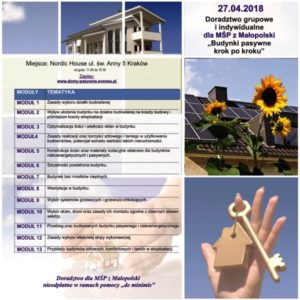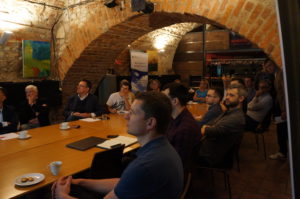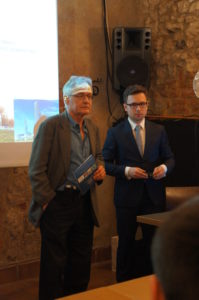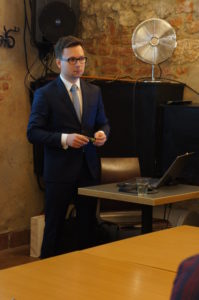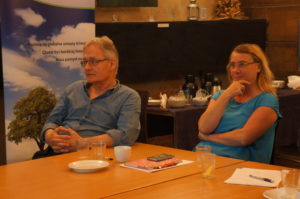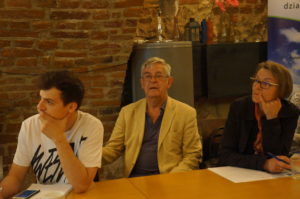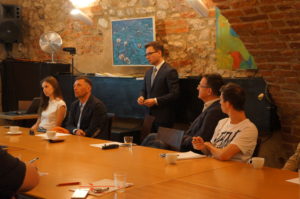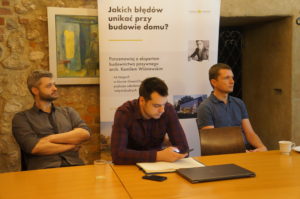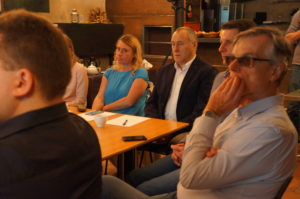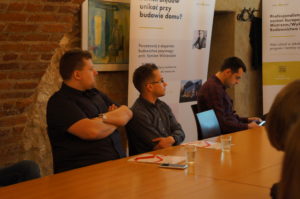On 27.04.2018 SPCleantech organized at its headquarters in Krakow as part of the SPIN project workshops for installers „Individual and group consultancy for SMEs – passive buildings step by step”. The lecturer was a representative of the Passive Buildings Institute in Darmstadt, a well-known architect, Kamil Wiśniewski from Green Cherry Architects from Wrocław.
During the training organized in cooperation with the Małopolska Center for Energy-efficient Building (MCBE) of the Cracow University of Technology and the Center for Sustainable Development and Energy Conservation of AGH in Miękinia, Kamil Wiśniewski raised the following topics:
- rules for choosing a building plot
- the impact of building layout on a building plot on construction costs and subsequent operating costs
- optimization of the number and size of windows in the building
- the principles of implementation and the benefits of a healthy and inexpensive use of construction, the potential to increase the value of such properties
- wall constructions and insulating materials specific to low-energy and passive buildings
- air tightness of the building
- building without thermal bridges
- ventilation in the building
- selection of heating and heating / cooling systems
- selection of windows, doors and rules for their assembly in accordance with the current state of knowledge
- the course of construction works in passive and low energy buildings
- the principle of choosing the right team
- examples of healthy, comfortable and cheap buildings in use



